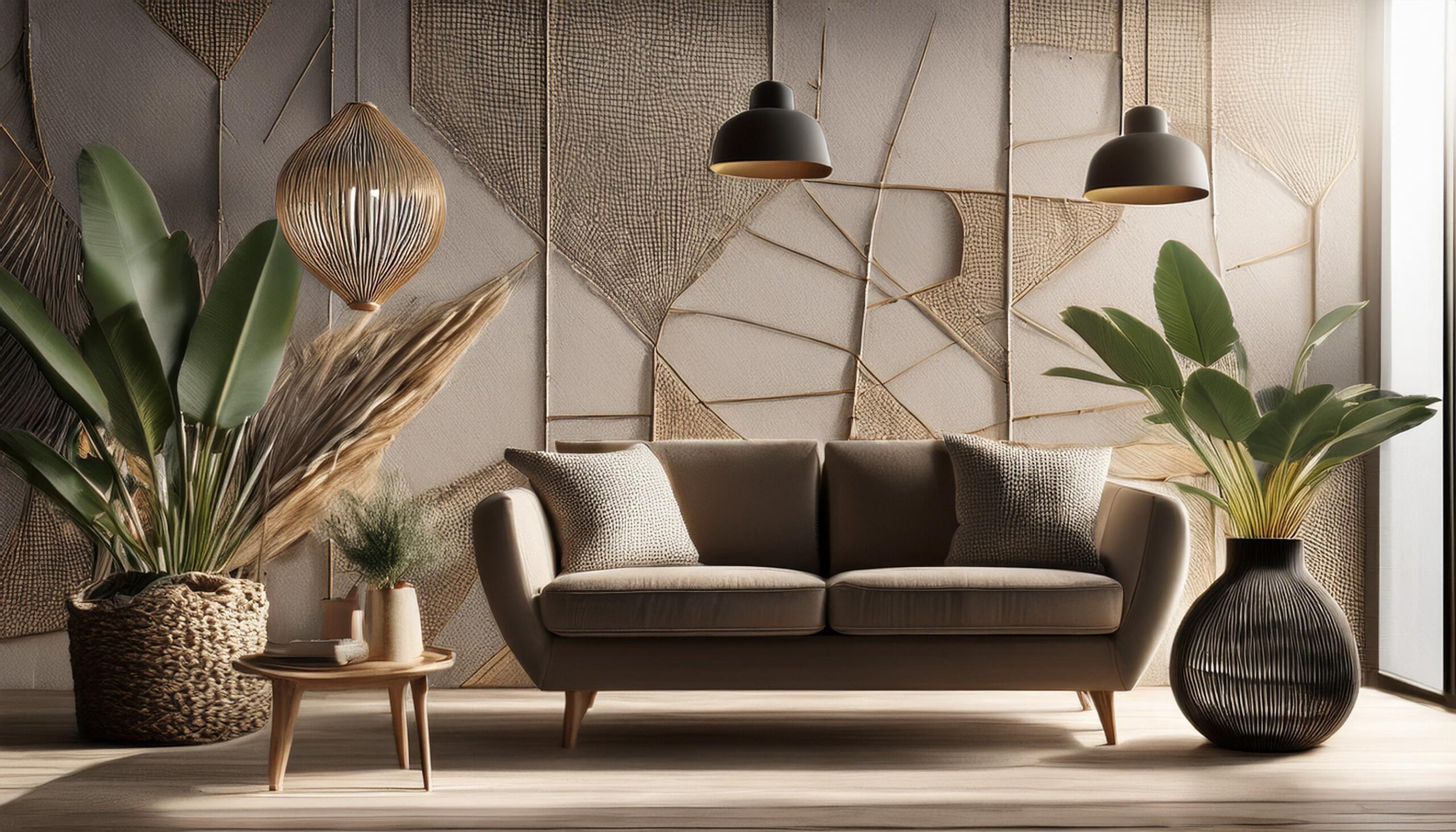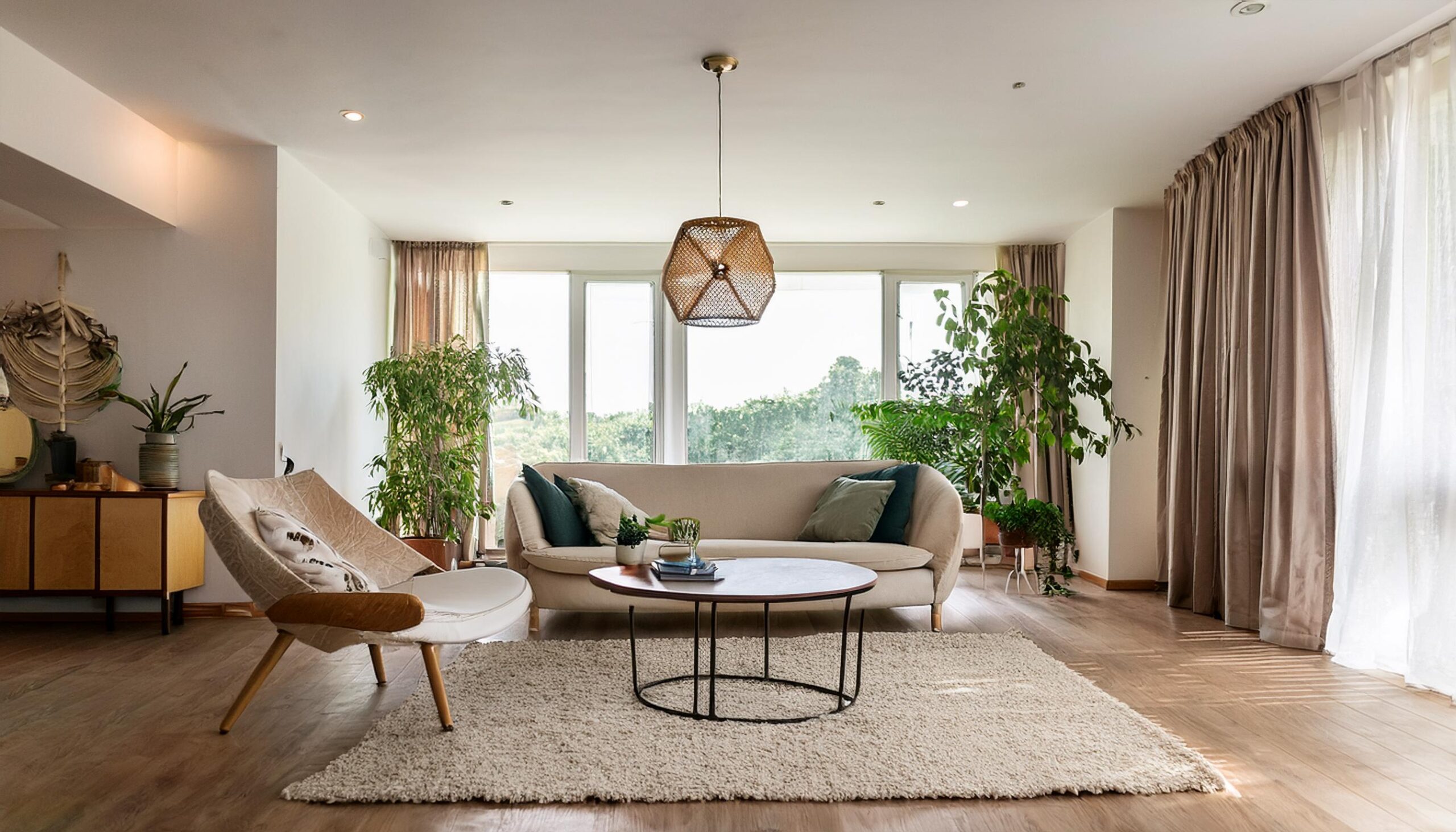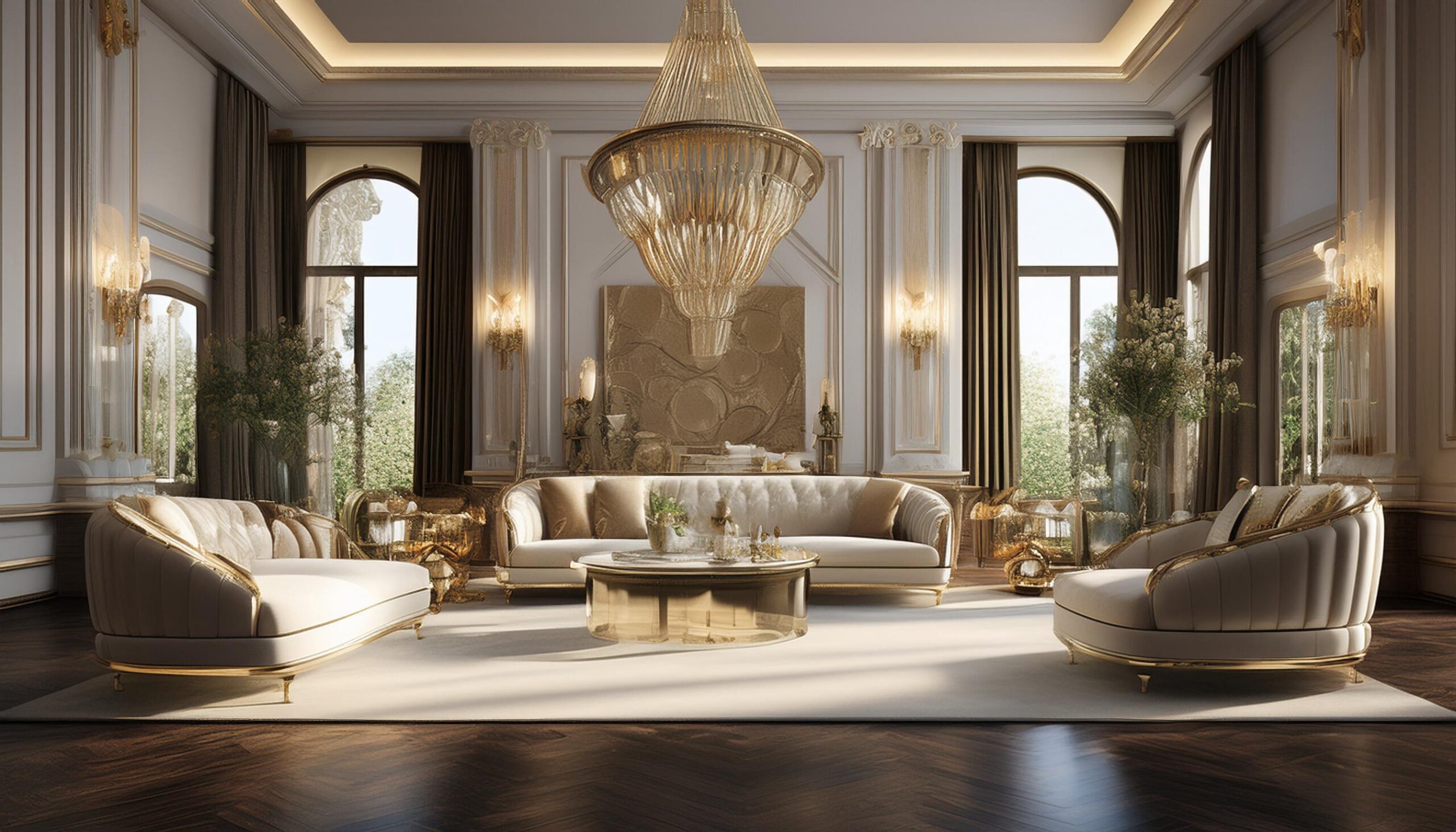Understanding Texture in Interior Design
Texture refers to the surface quality of materials, which can be either visual or tactile. In simpler terms, it’s about how something feels when touched or how it appears to feel. Rough, smooth, soft, hard, shiny, or matte—textures can evoke different emotions and sensations, making them a powerful tool in interior design.
Layering Textures for Depth
One of the most effective ways to add depth to a room is through layering. This involves combining different textures to create a rich, multi-layered look. For instance, pair a soft velvet sofa with a chunky knit throw and a polished marble coffee table. The contrast between the soft and hard surfaces creates a dynamic visual appeal.
Playing with Contrast
Contrast is key when working with textures. Pairing rough with smooth or shiny with matte can create striking effects that draw the eye. For example, in a minimalist space with sleek surfaces, a rough-hewn wooden bench can add a rustic charm. In a modern bathroom, a textured stone wall can complement the smoothness of glass and metal fixtures.
Balancing Textures for Harmony
While textures add depth and interest, it’s essential to balance them to avoid overwhelming the space. Start by choosing a dominant texture, then layer in secondary textures that complement rather than compete with it. For example, if you have a textured stone wall, opt for smoother surfaces in the furniture and accessories to create a harmonious look.
Conclusion
Incorporating texture into your interior design is like adding spice to a dish—it enhances the flavor and makes the experience more enjoyable. By thoughtfully layering textures, playing with contrast, and balancing different elements, you can create a space that feels rich, dynamic, and inviting.


